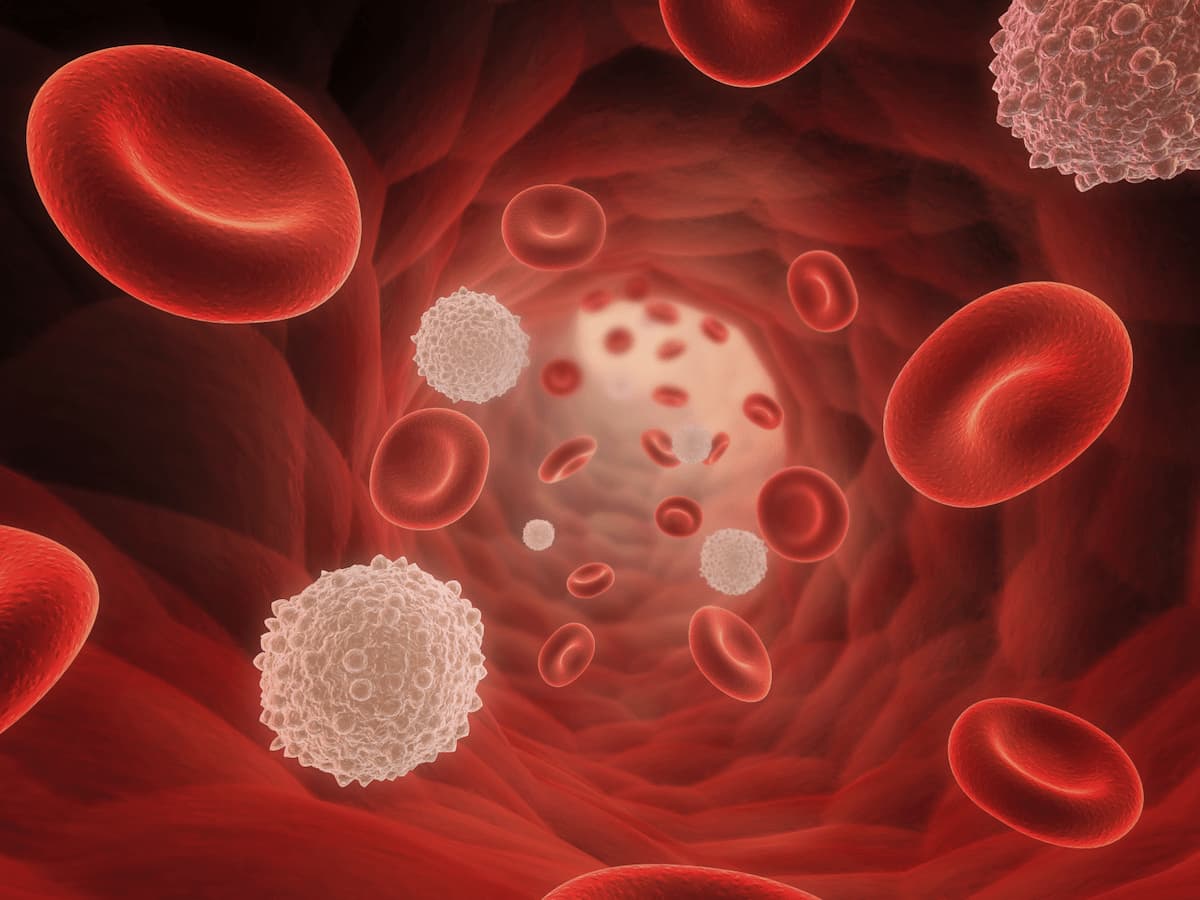More Therapies Prior to CAR T May Worsen Outcomes in Non-Hodgkin Lymphoma
Findings from a retrospective analysis suggest an association between bridging therapy and poorer outcomes among patients with aggressive, relapsed/refractory B-cell non-Hodgkin lymphoma.
"This analysis showed that a greater number of lines of therapy pre–CAR T apheresis were associated with inferior PFS and OS for all CAR T patients, and inferior PFS in patients experiencing CAR T failure," according to the study authors.

Receipt of bridging therapy, and more lines of therapy prior to undergoing CD19-directed CAR T-cell appear to confer worse survival outcomes among patients with aggressive, relapsed/refractory B-cell non-Hodgkin lymphoma (NHL), according to findings from a retrospective analysis published in Blood Advances.
Across 514 patients, the median progression-free survival (PFS) and overall survival (OS) was 7.6 months and 25.6 months, respectively, after a median follow-up of 17.9 months from receipt of CAR T-cell therapy. The highest overall response rate (ORR) was 68%, including a complete response (CR) rate of 49%. When assessed according to individual therapies, the ORR was 72% with axicabtagene ciloleucel (axi-cel; Yescarta), 57% with tisagenlecleucel (tisa-cel; Kymriah), and 73% with lisocabtagene maraleucel (liso-cel; Breyanzi). The corresponding CR rates with each treatment were 53%, 37%, and 56%, respectively.
Across all patients who progressed following CAR T-cell therapy, median OS was 5.5 months. For those who received subsequent treatments after progressing on CAR T-cell therapy, median OS was 9 months, and median PFS was 2.8 months from time of progression. The median follow-up after progression was 15.9 months (range, 2.6-36.9).
Receipt of any bridging therapy correlated with inferior PFS according to both univariate (P <.01) and multivariate (HR, 1.7; 95% CI, 1.1-2.8) analysis. Recipt of bridging therapy was also predictive of worse OS in the multivariate analysis (HR, 1.7; 95% CI, 1.0-2.8). The median PFS was 4.2 months among those who received bridging therapy vs 18.4 months among those who didn’t (P <.001), and median OS was 16.8 vs 69.3 months (P <.001), respectively.
Receipt of more than 2 lines of therapy prior to CAR T was also predictive of worse PFS in the univariate analysis (P <.01), and receipt of a greater quantity of preceding lines was predictive of both worse PFS (HR, 1.5; 95% CI, 1.2-1.9) and OS (HR, 1.6; 95% CI, 1.3-2.0) in the multivariate analysis.
“This analysis showed that a greater number of lines of therapy pre–CAR T apheresis were associated with inferior PFS and OS for all CAR T patients, and inferior PFS in patients experiencing CAR T failure. This was not reported in smaller real-world analyses of CAR T outcomes,” the investigators wrote. “Receipt of multiple lines of therapy pre–CAR T apheresis could partly be reflective of a more aggressive disease phenotype that requires more lines of therapy to achieve enough disease control to safely receive CAR T. However, it is also likely that these highly refractory patients would benefit from proceeding to CAR T in earlier lines to limit the cumulative toxicities of systemic therapies and affect T-cell fitness.”
“Our analysis [also] reaffirmed the negative association between bridging therapy and survival outcomes described in previous studies,” they wrote.
Investigators of this study assessed outcomes among 514 patients between January 2015 and July 2021. Most of the patients in this population had de novo diffuse large B-cell lymphoma (69%), an ECOG performance status of 0 to 1 (92%), elevated lactate dehydrogenase at apheresis (68%), and an International Prognostic Index of 3 or greater (51%). Most patients (88%) had received 2 or more lines of therapy prior to CAR T apheresis, and 32 (6%) had secondary central nervous system involvement at the time of apheresis.
The median age at the time of CAR T apheresis was 58.5 years (range, 21-83) among those with ongoing responses (n = 230) and 59 years (range, 18-84) among those who experienced progression or death (n = 284; P = .42). A minority of patients with ongoing response and progression/death, respectively, were female (41.7% vs 39.8%). Axi-cel was the most commonly used CAR T product in both respective groups (67% vs 62%).
In terms of toxicities in the study population, the incidence of cytokine release syndrome (CRS) of any grade was 67%, and the incidence of events of grade 3 and higher CRS was 12%. The corresponding figures for immune effector cell neurotoxicity syndrome were 46% and 17%, respectively.
Small sample sizes and a lack of uniformity in toxicity grading systems were among the limitations to the analysis, as noted by the investigators. Nonetheless, they concluded that “these data provide a benchmark for future clinical trials in patients with disease progression after CD19–directed CAR T therapy, which is an unmet clinical need.”
Reference
Zurko J, Nizamuddin I, Epperla N, et al. Peri–CAR-T practice patterns and survival predictors for all CAR-T patients and post–CAR-T failure in aggressive B-NHL. Blood Adv. 2023;7(12):2657-2669. doi:10.1182/bloodadvances.2022008240
Highlighting Insights From the Marginal Zone Lymphoma Workshop
Clinicians outline the significance of the MZL Workshop, where a gathering of international experts in the field discussed updates in the disease state.